

Travel Philippines
Cordillera Administrative Region
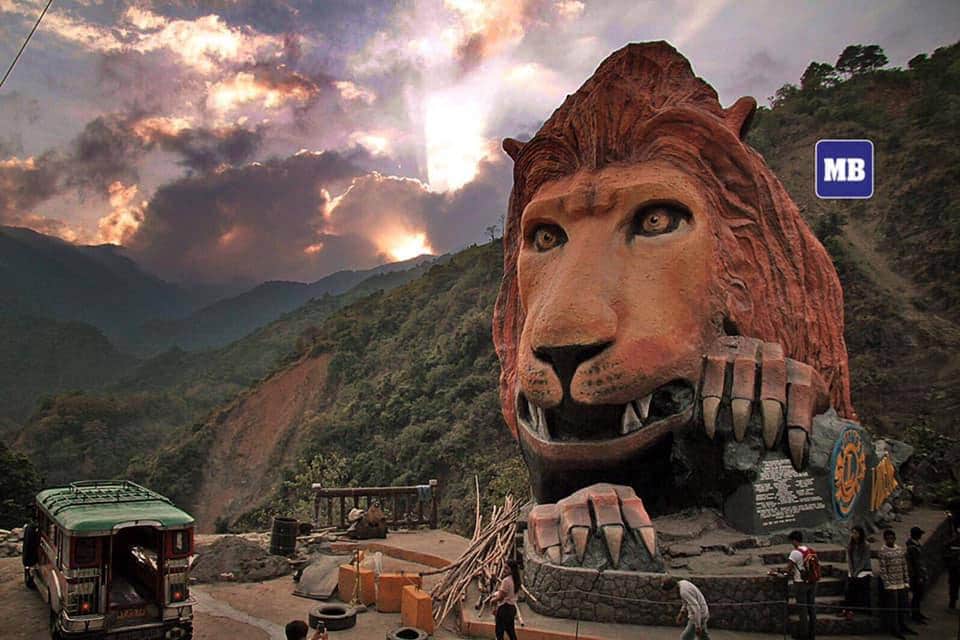
Baguio City
Hailed as the Summer Capital of the Philippines, Baguio is the top destination to go to if you want to take a break from the tropical heat in the lowlands. With average temperatures ranging from 15-23°C, the city rarely experiences temperatures higher than 26°C even during the warmest parts of the year. Because of this climate, Baguio is also home to beautiful plants that wouldn’t usually survive elsewhere in the county. Also nicknamed the City of Pines, you’ll be in for a treat with all the beautiful flowers and lush vegetation as you enter the vicinity. It will truly feel as if you’re entering a different world.
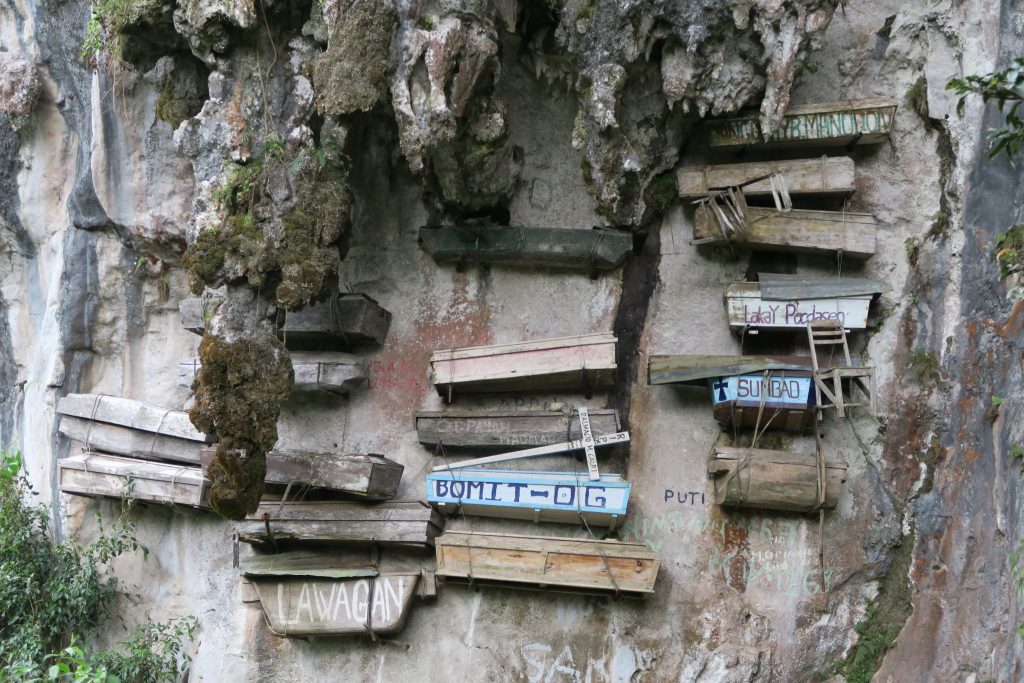
Mountain Province
Mountain Province is most known for its hanging coffins where mummified remains of the local ancestors are found. Other points of interest are the different historical sites like the Dap-ay or Ato, an ancient practice of tribal elders still coming together to this day to decide issues and concerns, and the many tribal celebrations where one can participate in, such as the Lang-ay Cultural Festival. Improve your craft and skills and learn how to weave local baskets and fabric. Take home a few pieces as souvenirs.
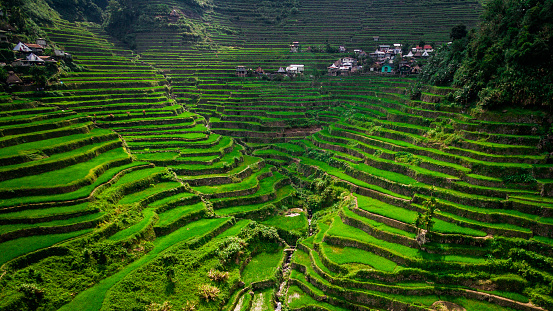
Ifugao
When visiting Ifugao, make sure to get a taste of their famous Tinawon rice. While searching for rice keep an eye out for the bulul. It is a carved wooden figure used to guard their rice crops. If you haven’t had enough of rice yet, visit UNESCO cultural landscapes, the Rice Terraces of the Philippines and scale the 2,000 year old Banaue Rice Terraces carved into the mountains by Ifugaos. Cap off your trip by attending festivals, Gotad Ad Ifugao, held every June to showcase their age old cultures and traditions; where one can participate in the traditional wooden scooter race.
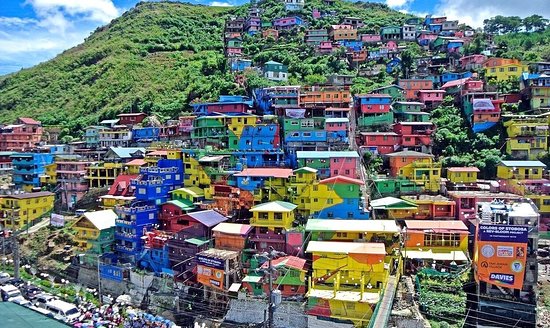
Benguet
The Philippines is not just famous for its islands and beaches. The country also boasts of natural and scenic landscapes with the province of Benguet housing a number of them. Found at the southernmost part of the Cordillera Administrative Region in North of Luzon, Benguet is nicknamed the Salad Bowl of the Philippines, since it's one of the main source of fresh vegetables in the country. With picturesque mountain views, tranquil atmosphere, and cool breeze, Benguet provides a refreshing escape from the busy city life.
Ilocos Region
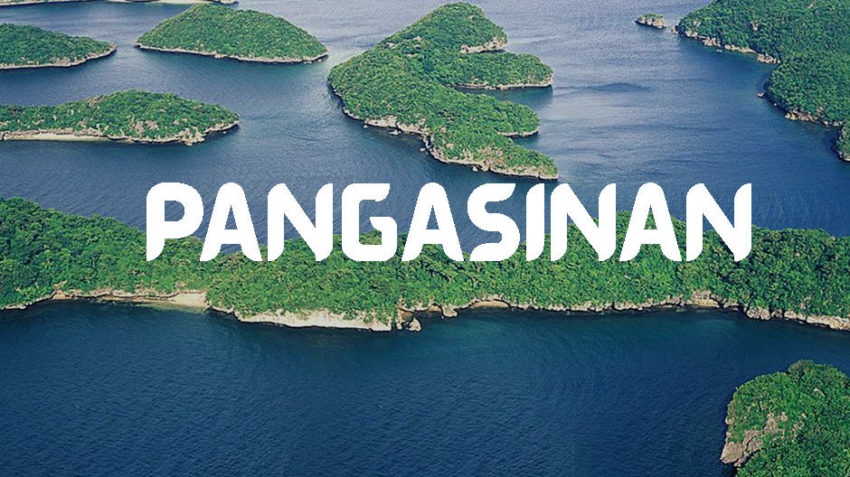
Pangasinan
Pangasinan is a destination for tourists who wish to explore islands and beaches, waterfalls, and feast on tasty local cuisine all just 3-4 hours of drive from Manila. Pangasinan translates to “place of salt” as it is a major producer of salt. In fact, two of their main products are bagoong (shrimp paste) and alamang (krill) that give additional flavor to dishes. Add Pangasinan to your bucket list if you're looking for a quick escape from the city.
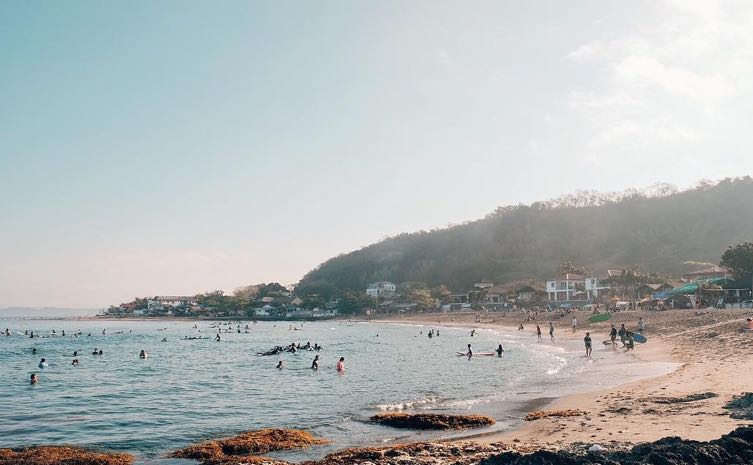
La Union
Explore the chill surf beach vibe and other tourist spots in La Union, one of the favorite quick weekend destinations of young Metro Manila dwellers. This laid-back coastal town is famous for its surfing spots but what not a lot of people know is that it’s also brimming with other natural and heritage attractions and cultural activities like red clay pottery, grape picking, loom weaving, churches for pilgrimage tours, waterfalls, and eco-tours. Discover what else La Union has to offer and stay for more than a quick weekend.
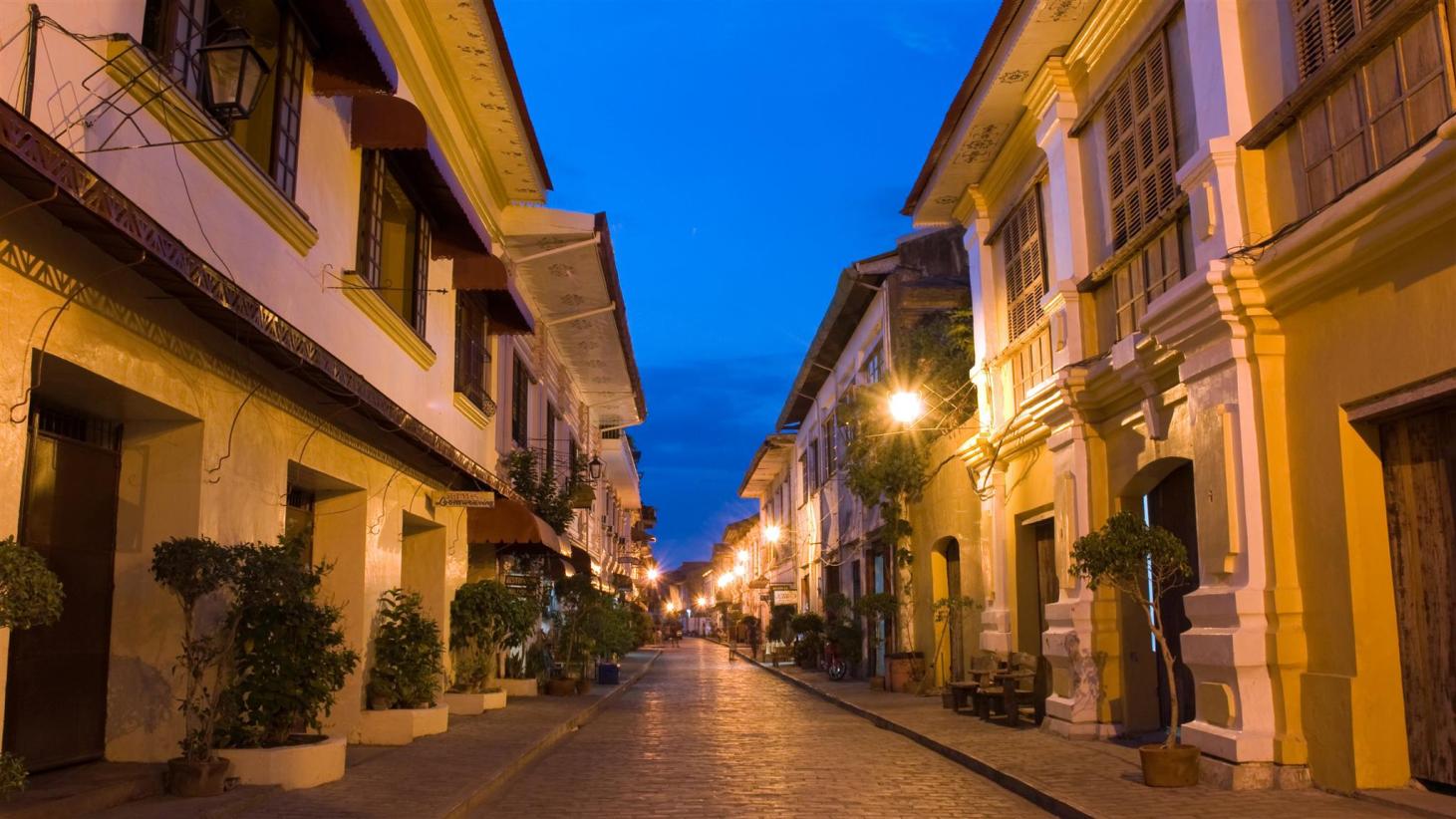
Ilocos Sur
In Ilocos Sur, you’ll be delighted to step into the picturesque Vigan, a UNESCO World Heritage site. It feels like time traveling to the past, as the Spanish-era houses have been well-preserved over the years. While walking in the streets, don’t forget to grab delicacies that are unique to the town such as Vigan longganisa and Ilocos empanada.
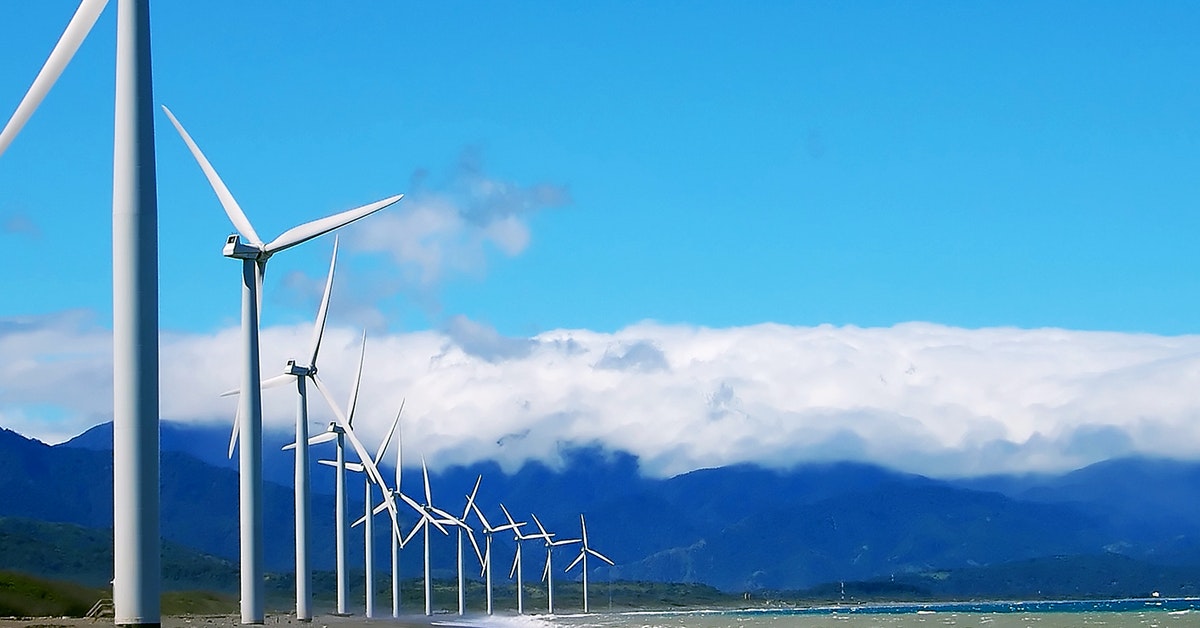
Ilocos Norte
One of the most notable destinations in Ilocos Norte is the two-story mansion that was the former holiday home of late President Marcos and his family. It is now a museum, where visitors are free to explore and check out almost every nook and cranny of the house. When you're done, you can head to Paoay and find tranquility by the lake, go to the UNESCO World Heritage-listed Paoay Church, or ride a 4x4 and slide down the sand dunes.
Cagayan Valley
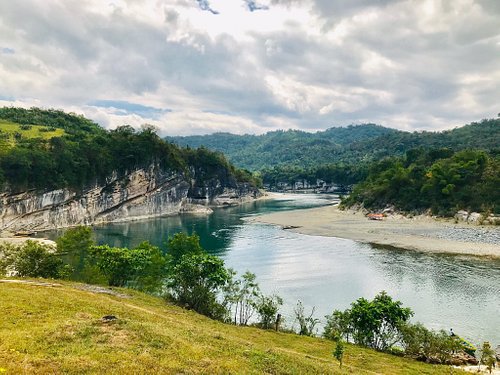
Quirino
Quirino Province lies in the southeastern portion of Cagayan Valley Region within the upper Cagayan River Basin. Isabela bounds it on the north, Aurora on the east and southeast, and Nueva Vizcaya on the west and southwest. The Sierra Madre Mountain Range provides a natural barrier on the eastern and southern border and the Mamparang Range on the western part of the province. It has a total land area of 3,057 square kilometers which is approximately 8.4 percent of the regional area, and 1.02 percent of the total land area of the country.
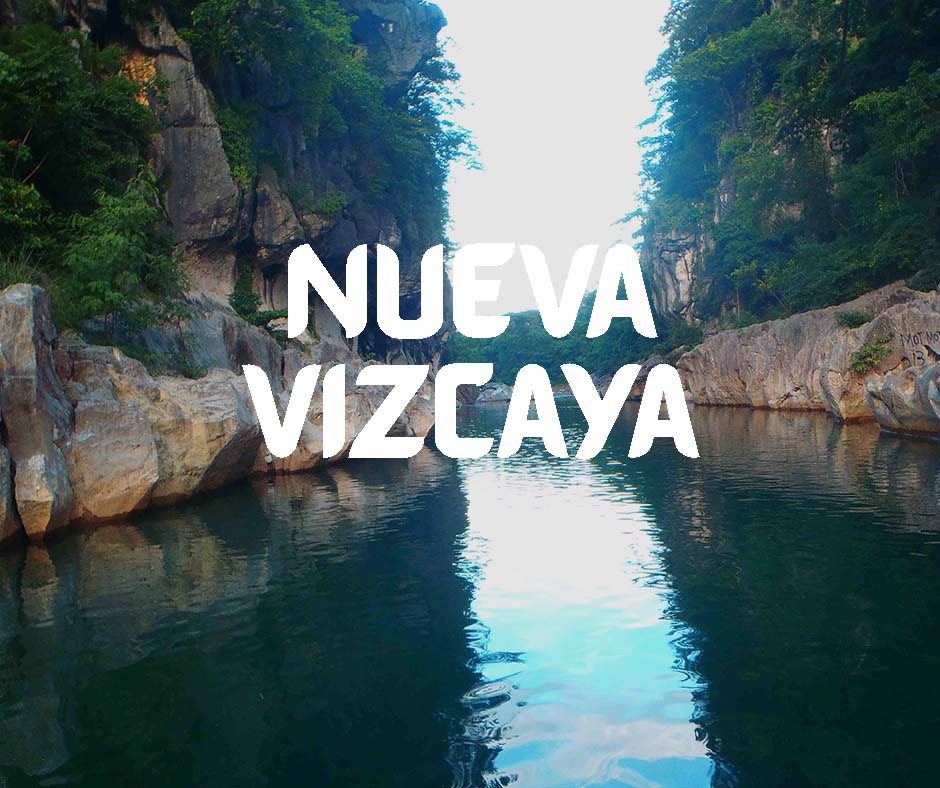
Nueva Vizcaya
The province of Nueva Vizcaya is located in the north-central part of Luzon in Region 2. The province of Ifugao and Isabela bound it on the north and northeast, on the east and southeast by Quirino and Aurora respectively, on the south by Nueva Ecija, and on the west by Benguet and Pangasinan. The province is actually bounded by three mountain ranges covered with forest and grasslands, namely the Sierra Madre on the east, the Cordillera on the west, and the Caraballo on the south. The province is 287 kilometers north of Metro Manila.
Isabela
In order to facilitate the work of the missionaries in the evangelization of the Cagayan Valley, a Royal Decree was issued on May 1, 1856 which created the province of Isabela from the portion of the province of Cagayan and Nueva Vizcaya. From Cagayan, the towns of Gamu, Angadanan, and Gamarang (now Echague) and from Nueva Vizcaya, its capital town Carig (now Santiago) and Palanan were segregated to constitute the province of Isabela. The new province was named in honor of “Her Royal Highness Queen Isabela II” of Spain.
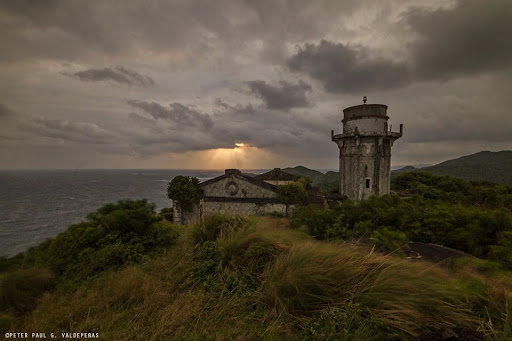
Cagayan
Cauayan was an original town of the Province of Cagayan. It was transferred to Nueva Vizcaya when it became a province in 1839. Upon the creation of Isabela as a province by a Royal Decree issued in May 1856, it was reverted as a town of the new province. The town site was first located in a place called Calanusian along the Cagayan River, but after a series of disastrous floods, the town site was transferred to its present location.
Central Luzon
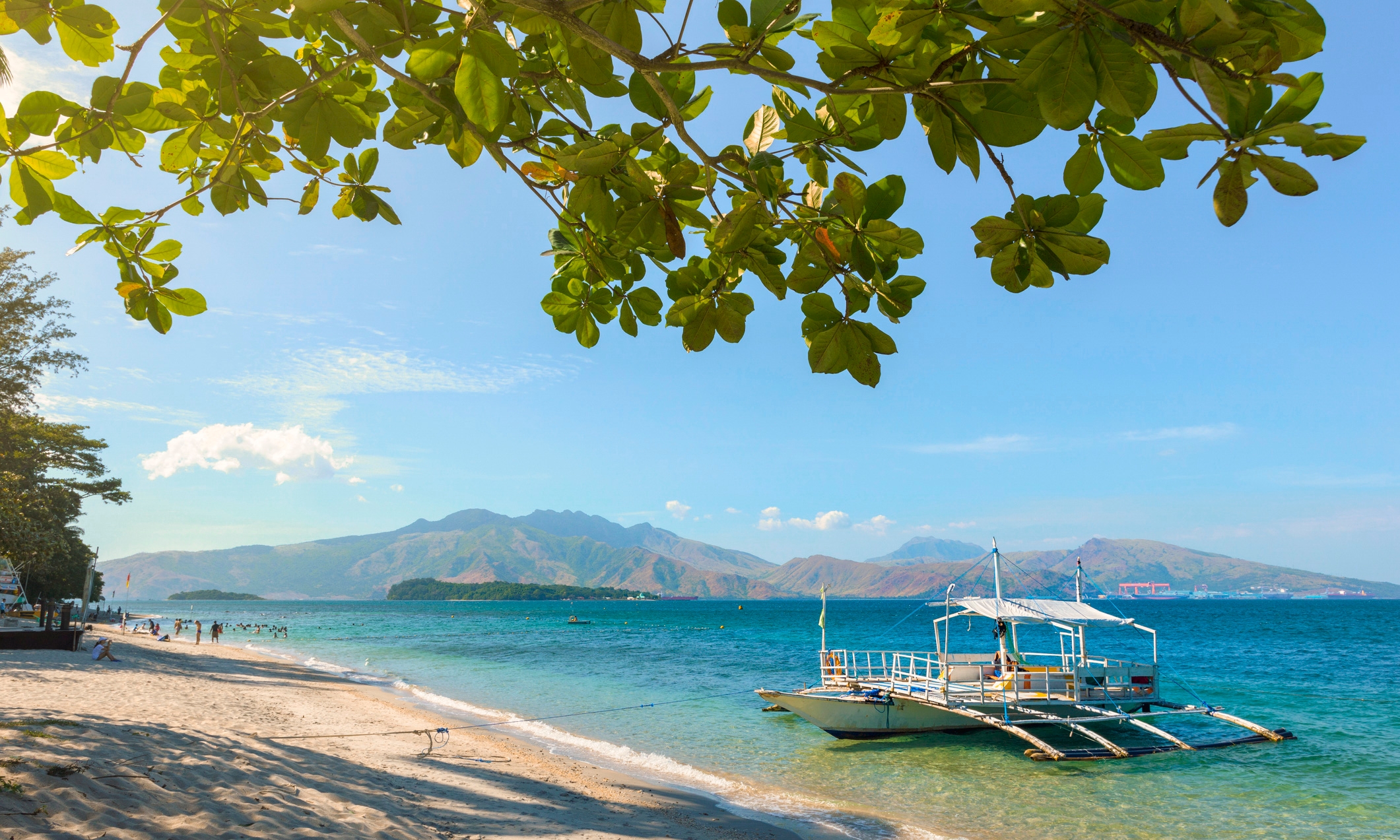
Zambales
Want a quick beach and island escape from the bustling cities of Metro Manila? Hop on a bus or drive your way to Zambales! Zambales is blessed with pristine attractions for sun worshipers because of its location on the western shores of Luzon, along the West Philippine Sea. It’s home to many coves and islands like Anawangin Cove, Nagsasa Cove, Potipot Island, and Capones Island to name a few. Zambales is also where you can find another top destination in the North, Subic. The active stratovolcano Mount Pinatubo’s summit and crater lake also lies in the Botolan area of Zambales.
Tarlac
Tarlac is the most multicultural of the Central Luzon provinces. A mixture of four distinct groups – the Pampangos, Ilocanos, Pangasinenses and Tagalogs – share this province and living together resulted in offering to the visitors the best cuisine of the places where their ancestors had come from, namely Bulacan, Nueva Ecija, Zambales, Pangasinan and the Ilocos Region. Tarlac is also best known for its fine foods and vast sugar and rice plantations. That it has fine cooking to offer is largely due to the fact that it is the melting pot of Central Luzon. Its myriad of historical sites, fine foods, vast sugar and rice plantations, and a beautifully landscaped golf course plus so many other attractions all make the province of Tarlac one of the best places to visit in Central Luzon.
Pampanga
Pampanga holds the title of being the Culinary Capital of the Philippines as they offer some of the best Filipino dishes, but there's more to this Central Luzon province that just good food. Aside from being home to the highly urbanized and modern city of Clark, you can also go here for hiking trips, or attend crowd-favorite festivals that feature hot air balloons and beautiful displays of Christmas lanterns. Pampanga is just a couple of hours away from Manila, so add this destination to your travel list when in the Philippines for a culinary adventure, nature trips, and fun colorful festivals.
Bataan
Discover the magic with this amazing historical and cultural region, only an hour by ferryboat across the bay from Manila. Until recently not a traditional tourist destination, this province is now proving to be a tourist haven with many exciting places to visit, and a lot of interesting things to do. There is so much to offer in Bataan, culture, beauty, history, in spoilt beaches and a warm hospitality that is truly Filipino.
Calabarzon

Rizal
Rizal is where you touch base with nature without losing touch with the finer points of urban living. Verdant hills and undulating valleys stretch from the rugged foothills of Montalban and Antipolo, down to the picturesque shores of Laguna de Bay. The terrain offers exciting opportunities for biking, mountain climbing and camping amidst rolling hills, lakeshores, caves and waterfalls. Known as the Cradle of Philippine Art, the province attests to the creative tradition that has spawned generations of visual and performing artists. Be amazed at art masterpieces displayed at many local galleries in Angono. Discover the oldest known art dating as far back 3000 BC that is Angono-Binangonan Petroglyphs.
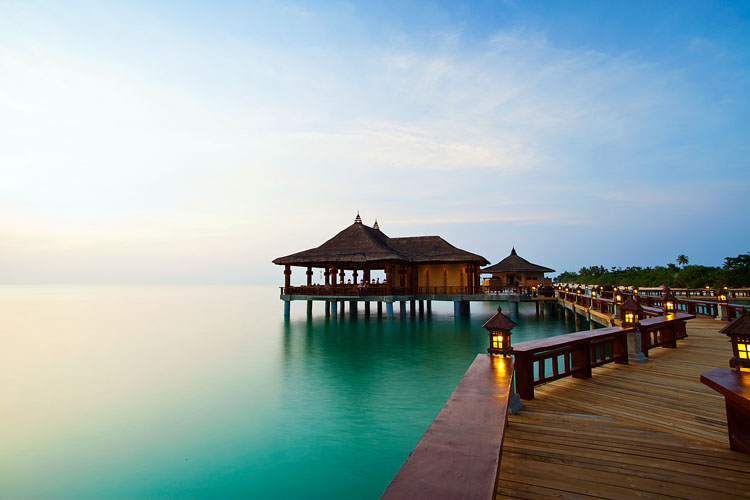
Quezon
The towns of Quezon know how to put on a party come the feast of San Isidro Labrador, the patron saint of farmers. And there are attractions for almost every kind of traveler – nature tripper, adrenaline junkie, or history buff. Unspoiled islands with sugar-sand beaches and clear blue waters. Waterfalls and caves waiting to be explored. Have a taste of Filipino hospitality at local restaurants and bring home some longganisang Lucban or pansit habhab. Festive folk art. Colorfully decorated houses. Tables overflowing with food. Mention the province of Quezon and these are some images that come to mind.
Cavite
Cavite is steeped in history and blessed with natural beauty. Follow an interesting trail of historic sites and monuments associated with the Philippine Revolution. Prepare your senses at breathtaking landscapes and natural attractions, while you indulge in various health massage and wellness treatments. Choose from extensive menus of well-prepared dishes, served with the magnificent view of the Taal Lake and Volcano Island. Engage in outdoor sports like biking and hiking along the winding roads of Tagaytay and its environs. Trek the mountains and laze on the beaches of Ternate and Maragondon. Enjoy world-class golf courses and leisure facilities.
Batangas
Savor the slice of paradise in Batangas’ seaside towns and villages. Dive into depths of Anilao, Batangas’ very own underwater Eden. Swim and dive into the tropical waters of Verde Island Passage, described as the center of the world’s marine biodiversity. Frolic on Laiya Aplaya, San Juan town’s famous stretch of white sand beach, and hop around the many offshore islets. Travel back in time at Taal Heritage Village and marvel at the well-preserved ancestral houses. Visit the many centuries-old churches, each one architecturally awe-inspiring. Sample the local brew of Batangas coffee and witness the art of Balisong-making. Indeed a multi-faceted beauty, Batangas never ceases to catch the eye of everyone with its many charms and wonderful surprises.
NAtional Capital Region
San Juan
San Juan City is a hub of history, culture and commerce throughout the years. It has played host to several key moments in the history of the nation. It is where the first battle of the Philippine Revolution, known as the Battle of San Juan Del Monte, took place in 1896 which ignited the patriotism of our forebears and led to the Philippine Independence in 1898. When it comes to leisure and entertainment, San Juan plays host to a variety of shopping and dining facilities. It is also known as the “tiangge” (flea market) capital of the Metro with the presence of a pioneer shopping center found in the city – the Greenhills Shopping Center. The shopping center has become a landmark and pride of the City.
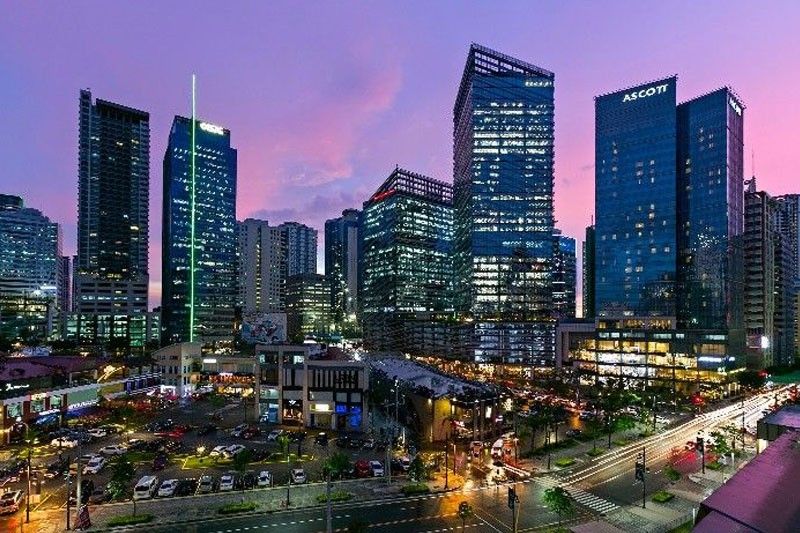
Taguig
The City of Taguig provides a new urban landscape which makes them a highly urbanized city and fast transforming as the country’s next center of investment, financial and commercial hub. Leading development area composed of 240 hectares is the Bonifacio Global City, a financial and lifestyle district and is home to selection of international hotel chain, upscale malls, restaurants and cafes, the country’s first world class science museum, and a franchise of a Mexican chain of family and entertainment centers. Well-planned landscapes, an efficient traffic system, pocket parks, and wide pedestrian sidewalks make this place a community haven. All these and more are what BGC and the City of Taguig create and offer to urban dwellers.
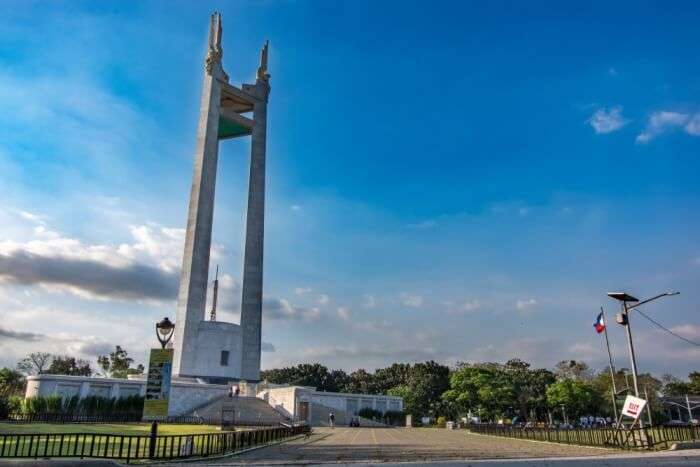
Quezon City
Under former President Manuel L. Quezon, it was envisioned as a new capital of the Philippines and was capital from 1948-1976.By far, Quezon City has the largest population in Metro Manila considering also that it is the second biggest city in the Philippines. While the city’s tourism thrust is focus on its cultural, historical and educational activities, it has a competitive direction of providing livelihood opportunities from the tourism sector. The city has tremendous tourism offerings that cater to the needs of the visitors.
Las Pinas
Known nationwide for its bamboo organ, salt beds, jeepney factory, and the Las Pinas-Paranaque Wetlands, the city is distinguished as one of Metro Manila’s fastest-growing communities. Although it became a city only in 1997, Las Piñas was one of the first settlements at the outskirts of Manila. The city is bounded on the north and northeast by the City of Paranaque, on the east and southeast by the City of Muntinlupa, on the south by the municipality of Imus and Bacoor in Cavite province, and on the northeast by the scenic Manila Bay. Half of the land area of the city has already been developed for residential purposes and the remaining half is used for commercial, industry and institutional area.